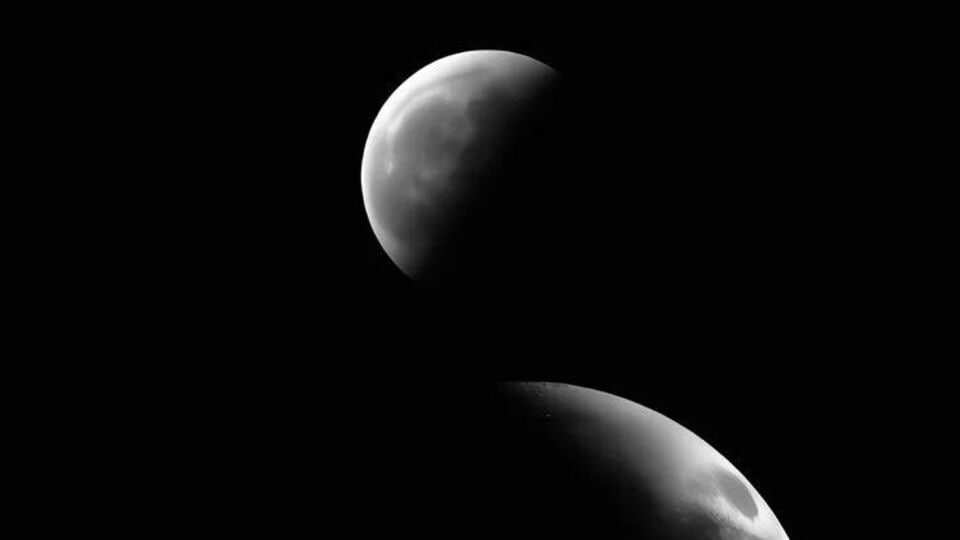The Impact of Twin Moons on Our Nighttime Environment
Introduction
Imagine a world where, instead of just one moon lighting up the night sky, we had two. This scenario would drastically change our nighttime environment and even influence natural phenomena.
Enhanced Nighttime Brightness
One of the most striking effects of having twin moons is the significant increase in moonlight. With two moons illuminating the night, the brightness would be approximately five times greater than what we currently experience. This intensified light could even allow individuals to read books outdoors without needing any additional artificial lighting. The natural beauty of nighttime landscapes would become more visible, likely leading to a change in nighttime activities, from stargazing to night walks, fostering a deeper connection with nature.
More Frequent Eclipses
In addition to increased brightness, a second moon would also lead to a higher frequency of eclipses. Eclipses occur when one celestial body moves into the shadow of another, and with two moons in the sky, the dynamics of these events would change. Rather than experiencing eclipses from only one moon, we would enjoy multiple eclipses as both moons align in various ways with the Earth and the sun. This would enrich our astronomical experiences, providing more opportunities for stargazers and enthusiasts to witness these fascinating events.
The Potential Changes in Natural Habitats
The introduction of a second moon would not only affect human activities but would also have a significant impact on Earth’s ecosystems. Animals that rely on moonlight for navigation, hunting, and mating may experience shifts in their behaviors due to the increase in illumination and the different eclipse patterns.
Effects on Wildlife
- Predator and Prey Dynamics: Nocturnal animals that hunt or forage at night could find it easier to spot prey, potentially increasing competition among predators.
- Mating Rituals: Many species time their reproduction cycles with lunar phases. A second moon might disrupt these cycles, leading to changes in population dynamics.
- Migration Patterns: Some migrating animals use the moon to navigate. Changes in moonlight levels could impact migration timing and success rates.
Cultural Impact
The moon has held a special place in various cultures around the world for centuries. From folklore to religious rituals, the single moon has inspired countless tales and traditions. The introduction of a second moon would likely create entirely new cultural phenomena.
New Mythologies and Stories
- Cultural Narratives: New myths and legends would likely develop around the two moons, inspiring art and literature.
- Celebrations and Festivals: Various cultures may celebrate the presence of twin moons, leading to festivals dedicated to light, nature, and celestial phenomena.
Scientific Exploration Opportunities
With twin moons illuminating the night sky, scientists would have new avenues for research. The study of lunar cycles, eclipses, and their effects on both Earth and its inhabitants would become a pressing topic.
Research Areas
- Astrophysics: The mechanics of dual moons could provide insights into gravitational forces and systems in space.
- Environmental Science: Understanding the ecological impact would help in forming conservation strategies for affected species.
Conclusion
The concept of twin moons presents a fascinating mix of possibilities that could reshape our understanding of the night sky and its influence on our lives. From brighter nights that allow for more outdoor activities to disruptions in animal behavior, the arrival of a second moon would be transformative. Additionally, cultural shifts and new scientific pursuits would emerge, allowing humanity to explore and adapt to the changes. While this scenario may seem far-fetched, imagining the implications of such a celestial change sparks creativity and curiosity about the universe we inhabit.
